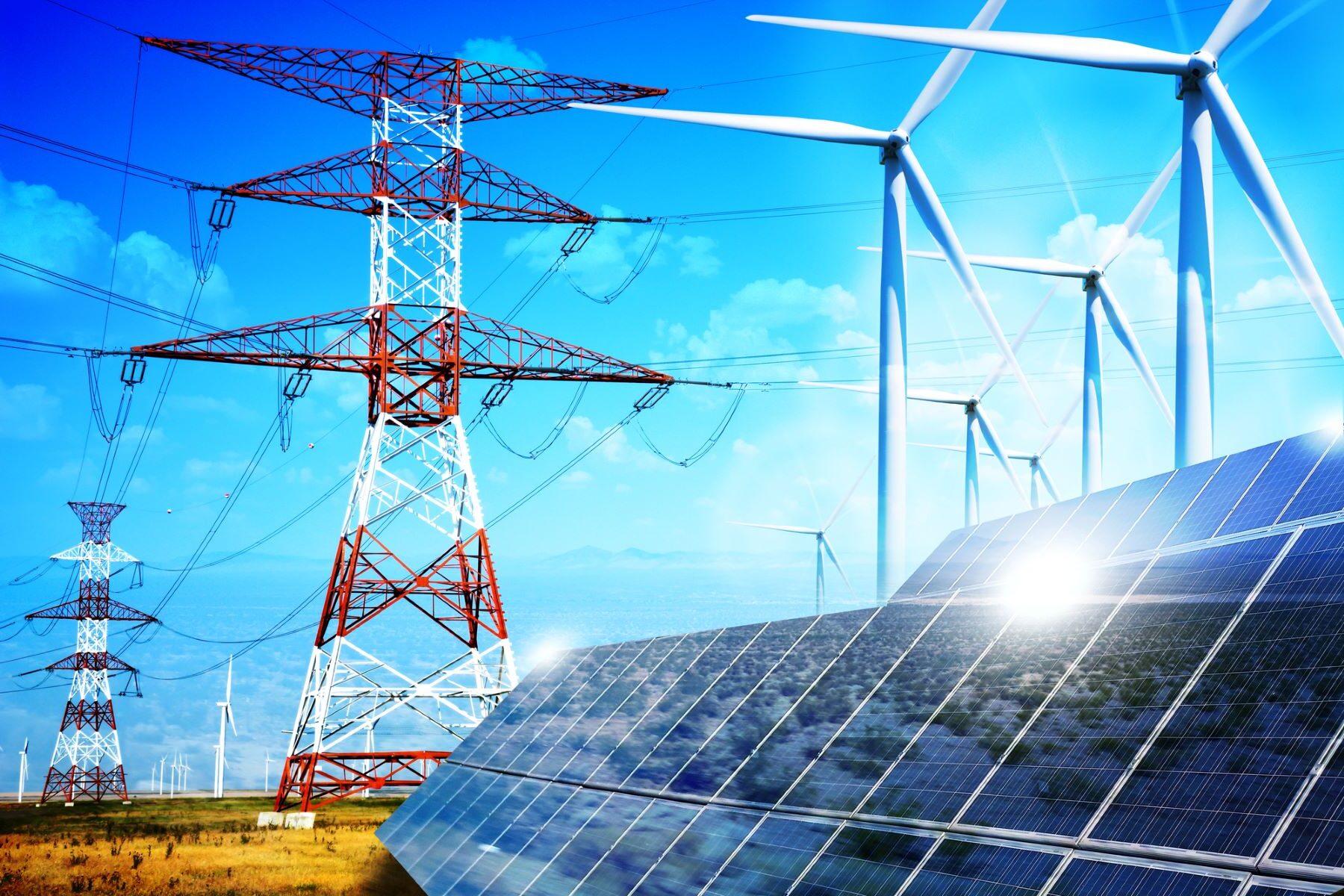The number of greenhouse gases in the European Union has fallen significantly, to more than 8% by the year 2023. According to experts, this could be due to the The growth of renewable energy sources has been exponential over the same period.
The European Commission today published the progress report on climate action 2024, which shows this emissions Net greenhouse gas (GHG) emissions in the EU fell by 8.3% in 2023 compared to the previous year. This is the largest annual decline in decades, with the exception of 2020, when the COVID-19 resulted in a 9.8% emissions reduction.
Net greenhouse gas emissions are now 37% below 1990 levels, while GDP grew by 68% over the same period, demonstrating that continued decoupling emissions and economic growth. The EU remains on track to deliver on its pledge to reduce emissions by at least 55% by 2030.
Las emissions from electrical and industrial installations covered by the EU emissions trading system saw a record decline of 16.5% in 2023. emissions of the ETS sector is now around 47.6% below 2005 levels and on track to reach the -62% 2030 target.
Under the EU ETS, emissions from electricity production and heating fell by 24% compared to 2022, driven by the growth of renewable energy sources, especially wind and solar energy, and the transition to moving away from coal. The Aviation emissions increased by 9.5%continuing the post-COVID-19 trend.
The EU ETS generated revenues of €43.6 billion in 2023 for investments in climate action. €7.4 billion will be allocated to the Innovation Fund and the Modernization Fund, while the rest of the money will go directly to Member States.
Las emissions of buildings, agriculture, national transport, small industry and waste sector (which falls under the Effort Sharing Regulation) decreased by around 2% in 2023. The declines were driven by the construction sector, which fell by around 5.5%. The emissions agricultural products fell by 2%, while Transport emissions fell by less than 1%.
The EU’s natural carbon sink increased by 8.5% in 2023, reversing the downward trend of the past decade in the land use, land use change and forestry (LULUCF) sector. However, it is necessary double efforts to achieve the 2030 targets.
Although this report offers encouraging news about the reduction in numbers emissions The EU also saw more catastrophic events and lives and livelihoods lost last year, due to our already changing climate, and Global emissions have not yet reached their peak.
Further action is needed to ensure that the EU meets its 2030 targets and is on track to meet its future 2040 target and 2050 net-zero emissions target. must continue its international engagementstarting with COP29 next month, to ensure that our international partners also take the necessary steps.
As Member States slowly improve adaptation to climate change and build their resilience, further action is essential. In 2023, Europe experienced the largest forest fires ever recorded, one of the wettest years on record. major heat waves at sea, widespread devastating flooding and a continued temperature increase.
The Commission Communication on Climate Risk Management and the European Climate Risk Assessment underlined the need for exposure to climate change this must be taken into account at all levels of government in setting political priorities and in all sectoral policies.
Last year saw productive engagement by the EU and its international partners to improve climate action, especially at COP28 in Dubai. At COP28, the parties completed the first global stocktake under the Paris Agreement, with decisions on accelerating action to 2030 and beyond, including transitioning from fossil fuels, tripling the energy capacity of renewables on a global scale and it a doubling of the global annual average of energy efficiency improvements between now and 2030.
The EU, its Member States and financial institutions, collectively known as Team Europe, remain the largest contributor to development assistance and the largest global contributor to climate change financing, accounting for around a third of global government financing to combat climate change.
Historical bases of emissions
The progress report on climate action complements the annual report on the state of the Energy Union. Describes progress made toward emissions reduction goals. emissions as required by the Governance Regulation. The report also lists the most important achievements and recent developments in the fight against climate change.
The aforementioned report includes actual or historical emissions and the measures planned for each Member State in the future, as well as the EU measures and policies aimed at mitigating, adapting and combating climate change.

